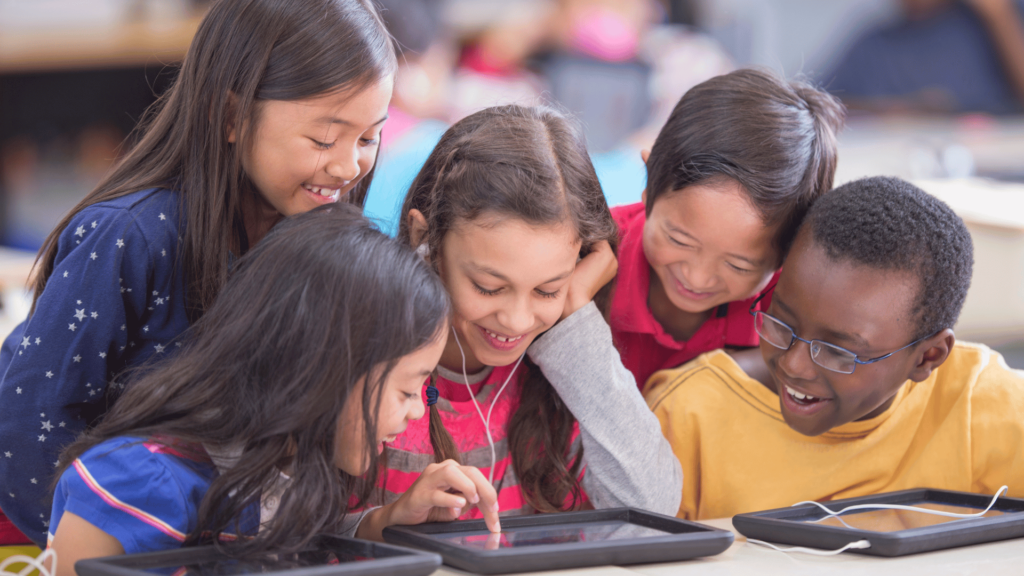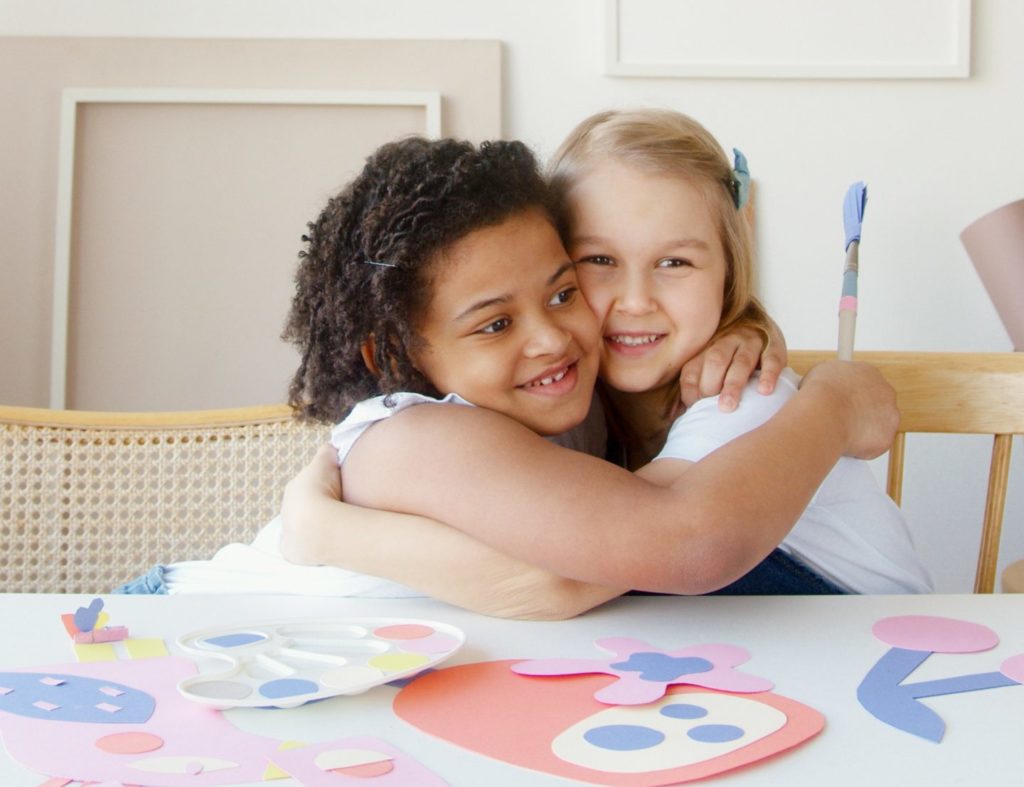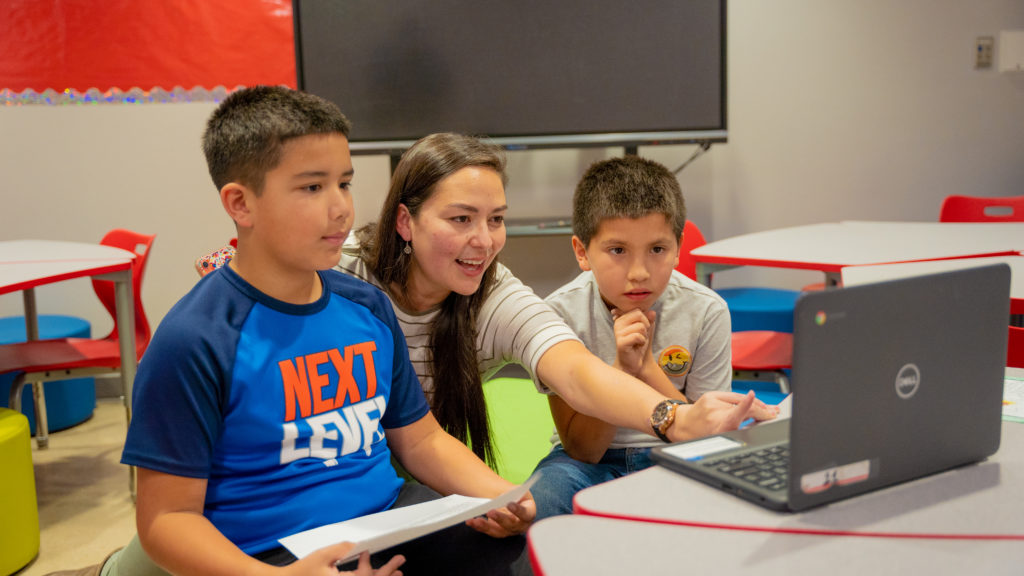It sounds crazy, but current research shows that students’ academic achievements improve when social-emotional learning practices are infused throughout the school day. For example, when educators cultivate a positive and inclusive classroom environment, in which all students feel a sense of belonging and appreciation, this leads to positive outcomes around their motivation, self-efficacy, and engagement. With all of these benefits, we recommend that educators work towards creating an inclusive classroom community at the start of the school year. This sets a positive tone for the rest of the year and ensures these positive outcomes for students.
What is an inclusive classroom?
An inclusive classroom community, in which students are curious and appreciative of their differences, is critical for their learning experience, academic success, and overall well-being. Students naturally gravitate towards peers who are similar to them. This makes it challenging to form meaningful connections across different groups. As educators, you have the unique opportunity to recognize and address these barriers, and create an environment in which students actively seek opportunities to connect with their peers, engage in open and respectful communication, and embrace their differences.
What are the benefits of an inclusive classroom?
When students form friendships in the classroom, they not only experience a stronger sense of belonging and acceptance, but they also build empathy as they connect on an emotional level, understand each other’s perspectives, and act in a way that is caring and supportive. And, when students connect with peers unlike themselves, these experiences help them understand that everyone has their own unique struggles, joys, and stories. These connections help students break down any stereotypes and misconceptions that they may have about others. This fosters a sense of openness and willingness to embrace differences. Inclusive classrooms also help students develop crucial interpersonal skills, such as effective communication and conflict resolution, which will help them thrive in their future careers and relationships.

How can you help a tight-knit group of students expand their friend horizons?
It’s not necessarily wrong for students to form close friendships with peers similar to themselves – in fact, such bonds are healthy in most cases. However, there are situations when educators should intervene to foster a more inclusive and welcoming classroom community. For example, when these tight-knit groups unintentionally exclude others, this can lead to feelings of isolation among the other students.
As educators, it’s essential to find a balance between encouraging strong bonds amongst students, while also promoting an environment of inclusivity and acceptance that highlights the value of diverse perspectives and experiences. One strategy is to find opportunities for students to collaborate in mixed groups in which they interact with classmates who they might not otherwise engage with regularly. These experiences help promote understanding, cooperation, and appreciation for each other’s strengths and differences.
How can you build student friendships with fun icebreakers?
Another strategy is to organize icebreaker activities to help students get to know one another better. These activities help facilitate communication between different students and create a sense of unity among the class. This can enable students to find common ground beyond their existing friendships.
At Empatico, our most popular activities are icebreakers that focus on building community both within and between classrooms. If you’re looking for age-appropriate activities, give these research-based, peer-reviewed sure-fired hits a try:
Friendship Bingo: If you teach primary-aged students, engage them in a fun game of Friendship Bingo. This game provides an exciting opportunity for students to build their conversational skills and practice approaching others with curiosity, kindness, and respect. As they play the game, and try to find classmates who fit different descriptions, they will discover shared qualities and appreciate each other’s unique identities.
Chat and Connect: For older students, try out our Chat and Connect activity. This activity encourages an exchange of ideas, perspectives, and experiences. After students establish guidelines for respectful and inclusive communication, they will discuss a set of conversation topics that explore different parts of their lives, such as their hobbies, dreams, opinions, and goals.

How can virtual exchanges help students make friends with another classroom?
It may sound counterintuitive, but connecting your class to another class through pen-pal programs or Empatico’s virtual exchange program can provide the perfect opportunity to establish community and inclusivity between peers. Connecting with another classroom over a live video call provides a valuable cross-cultural experience that broadens students’ perspectives and promotes global understanding.
Get To Know You: Virtual Exchange: Lead a live virtual exchange with a classroom located in a different community by using this activity plan. First, establish respectful communication norms for a cross-cultural exchange. Then, help students meet new friends and learn about each other’s unique identities, experiences, and interests.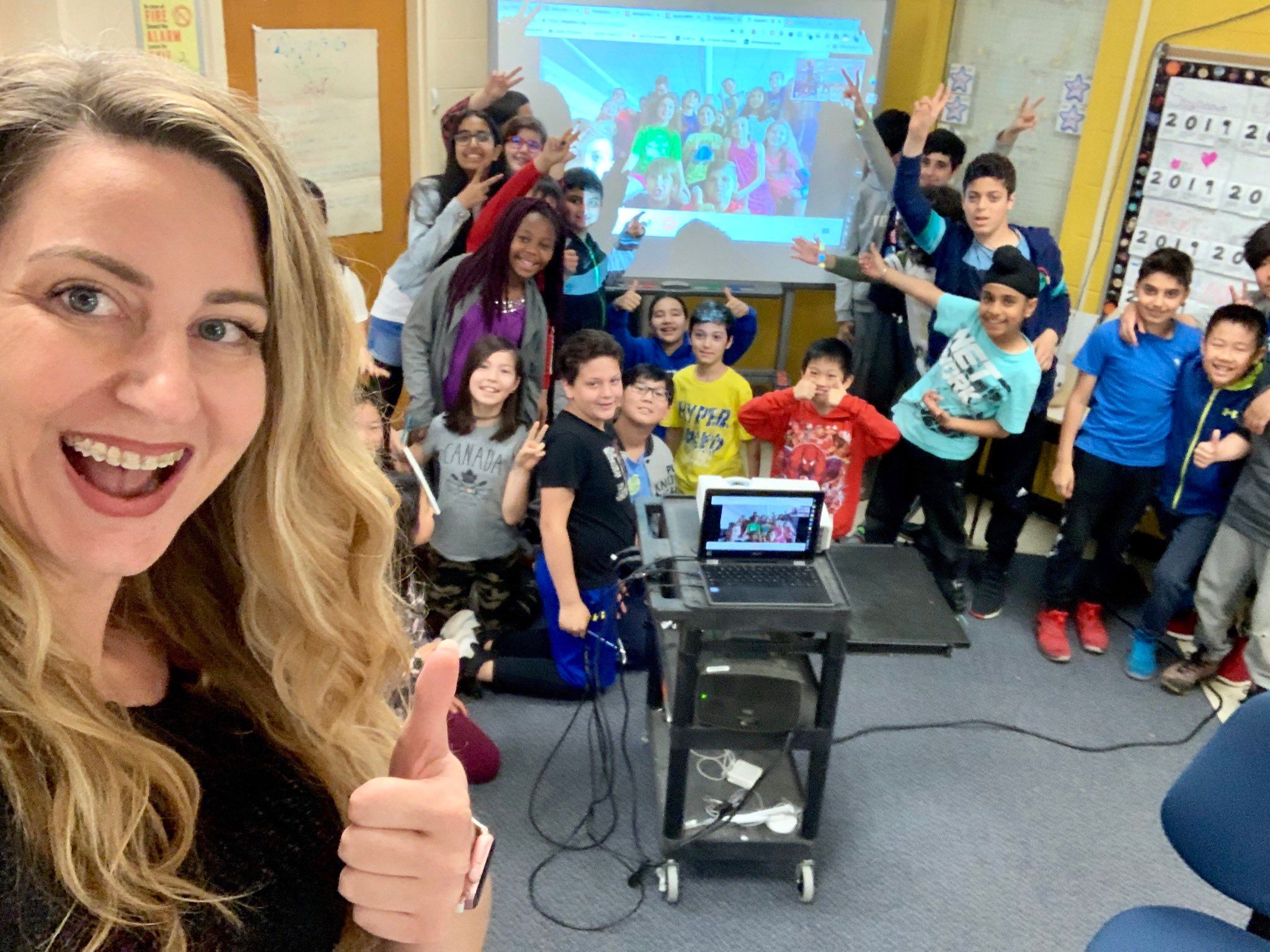
Get To Know You with Microsoft Flip: Looking for an asynchronous version? Try out our activity on Microsoft Flip that invites students to ask questions to learn about each other and explore their similarities and differences.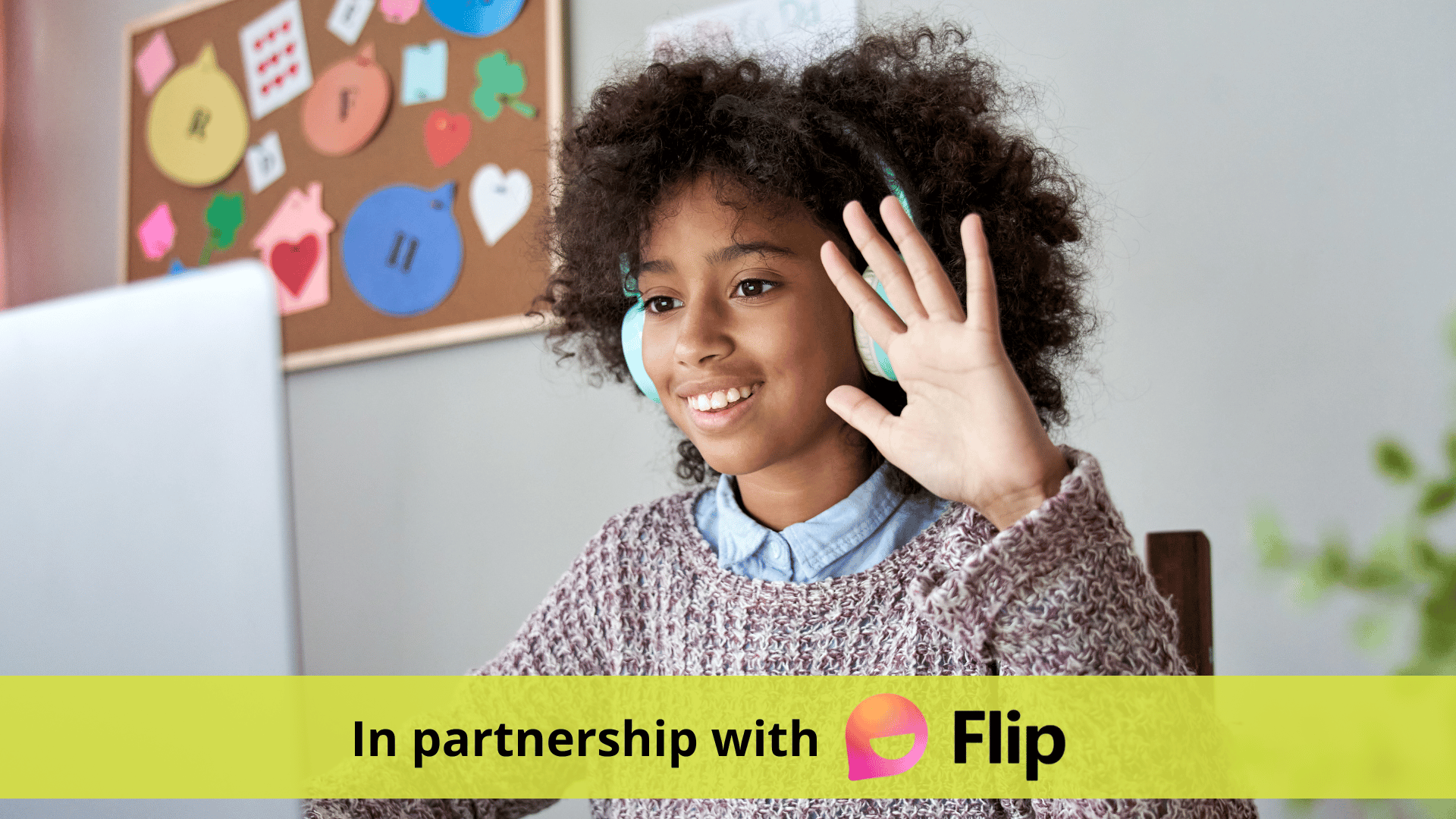
Ways We Play: This virtual exchange activity provides a simple and fun way for students to bond over a favorite topic: games and sports!
Penpal Buddies!: Facilitate a virtual pen-pal exchange by finding a partner classroom on Empatico and inviting your students to exchange letters with our popular Penpal Buddies! activity.

How can you connect to other educators and cultivate your own network?
Building an inclusive classroom community starts with the educator. A simple way to develop an inclusive mindset is to expand and maintain your own personal relationships. Reach out to colleagues in your school building, and invite them to get coffee or lunch with you. Ask them about their day, and any highlights or challenges they have encountered recently. Listen attentively, show empathy and support, and be willing to share your own experiences to connect on a personal level.
To continue expanding your professional network, use the Empatico platform to connect with other educators around the world. This provides a valuable opportunity to learn new teaching practices from each other, and gain insights into different communities and cultures. Consider using our Get to Know Your Partner Teacher resource to learn about each other’s experiences, community, and goals.
These connections can help you create a global community of educators who uplift, inspire, and empower one another.
By encouraging students to understand and appreciate different cultures and perspectives, you can create a joyful and supportive learning environment that sparks curiosity, empathy, and other life-long skills that are essential for success in our increasingly interconnected world.
